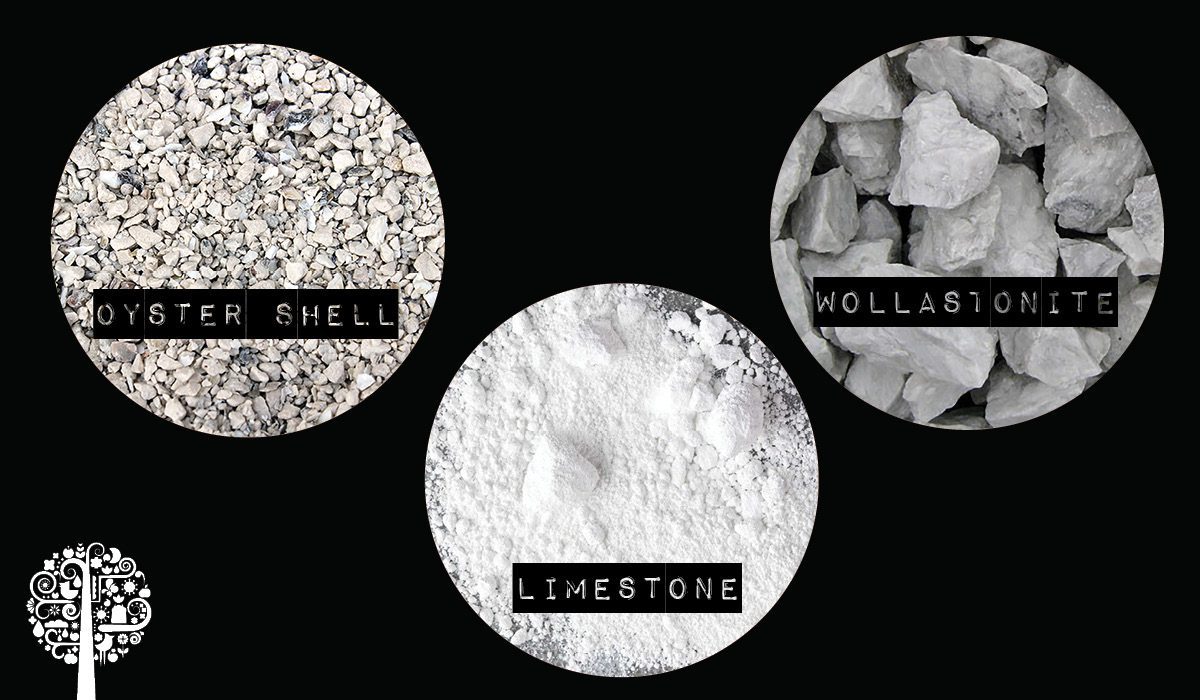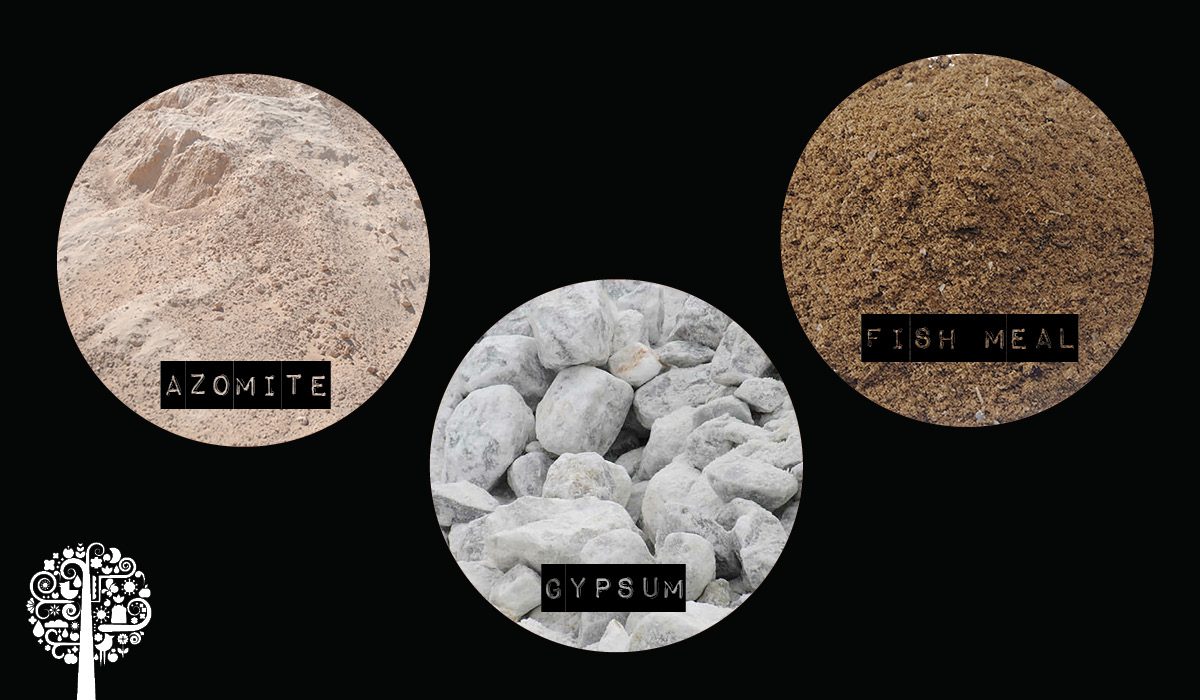The Case For Calcium: Why It’s Essential To Your Garden
When many people think of helping plants achieve big yields, the prominent three NPK supplements often come to mind. Growers know to increase supplemental nitrogen in vegetative phases or boost potassium-phosphorous availability in the bloom cycle. However, another macronutrient profoundly influences how well all nutrients are absorbed and how soil functions as a whole: calcium!
The influence of calcium on a grow extends far beyond the adjustment of soil pH levels. It affects the structure of soil and the metabolism of your garden. Calcium is the crucial element that allows your plants to use all their other nutrients, and without adequate and even generous amounts of it, all the NPK in the world won’t work.
Calcium in the Organic Garden
Calcium is the element that regulates the flow of nutrients into the roots and throughout the plant’s cells—a deficiency results in weak, unhappy, and disease-prone crops. With organic soil, careful forethought has to be given to providing enough of this element, but it can be easy to go overboard depending on the type you choose. Some calcium sources will react with acids in the soil and neutralize them, which is how pH is raised. Others react mildly or become available more through soil biology and weathering.
Calcium is an immobile nutrient in fast-growing annuals and is only taken up by the roots’ tips. It needs to be continuously available, as it is one of the basic building blocks of cell walls when plants are growing new shoots and root tips. Calcium is used in large amounts to strengthen the cell membranes when the garden has experienced an attack.
Not only plants require this secondary macronutrient. Even the fungi and rhizobacteria that live in and around the roots (forming the soil food web) require calcium for optimal functioning and enzyme production. As exciting as all the different organic fertilizers are, choosing the right source(s) for your mix is vital.
Some excellent organic sources you can use to build soil include:
Crushed Oyster Shell
A fantastic amendment can be made by crushing oyster shells. This provides calcium carbonate in the aragonite form, ideal for adjusting soil pH due to its slightly higher solubility than the calcite form. The varying grain size produced from crushing and grinding the shells provides long-term buffering and calcium availability, along with a decent array of peripheral trace minerals and even chitin.
Limestone
The most familiar calcium source available to people is almost entirely pure calcium carbonate in the calcite form, derived from seashells over millions of years. It provides fast buffering and is highly reactive, which is excellent for peat moss-based soils, but the extremely fine grind means you might need to follow up applications throughout the growth cycle to ensure adequate supply. Most gardeners will do better choosing limestone over dolomitic limestone (dolomite) due to the calcium/magnesium ratio. If dolomite is continually used, the excess magnesium it provides will interfere with how the soil crumbs together, leading to one that functions more like a brick.

Wollastonite
Wollastonite acts well as a liming source, offering some pH correction. It has been shown in studies to provide some tangible and notable increases in yield, unique to those of other liming choices. Wollastonite is calcium silicate, so it is calcium and silica. Using it provides both of these nutrients, and often both deficiencies show up at the same time, so it’s a two-for-one hit. It is not a potent acid neutralizer, though, so while it can offer some pH correction, carbonate forms are best used together.
Gypsum
Calcium sulfate is a source often sold as a clay breaker for sodic clay soils. In these types of clays, it will help the particles bond together into crumbs, allowing for better root penetration. But it is also a fantastic long-acting source of calcium that provides the catalyst nutrient sulfur alongside it. Gypsum also doesn’t significantly affect soil pH, making it suitable for delivering more calcium to plants that prefer more acidic conditions or when using media like coco coir for your soil base, which are already close to neutral in pH.
Rock Minerals
Azomite, volcanic ash, basalt, and clays like montmorillonite also contribute valuable amounts of calcium and an extensive array of trace minerals essential for its use.

Organic Amendments
Bone Meal, whole fish meal, and guano, particularly seabird guano, contain useful NPK along with additional amounts of calcium, making them a suitable choice when needing to supply multiple things at once.
Creating Balance
It is always good practice to balance the amount of nitrogen added with calcium, especially if you use a source that can acidify soil conditions. Ammonical nitrogen has demonstrated this effect, but many other nitrogen sources tend to cause a downward trend in soil pH if overused. Adding additional neutralizing-type calcium can help overcome this, resulting in better uptake.
Calcium, being a cation, means adding high CEC ingredients like quality compost enhances its retention, allowing you to front-load the soil with more of it and have it slow-release over time. Don’t skimp on organic matter!
When planning out your perfect soil mix or amending old soil, give some thought as to how you can get enough calcium into your blend so your garden can achieve incredible yields.



